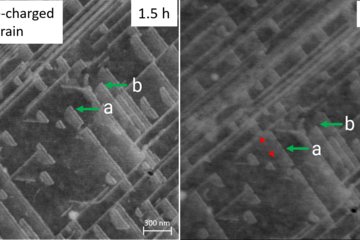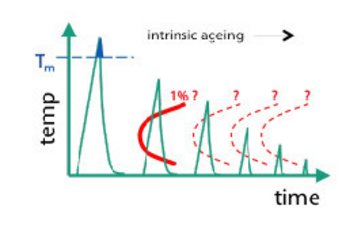All genres
1.
Journal Article
Effects of surface treatment and alloy composition on the high temperature corrosion of chromium steels. Fortschritt-Berichte VDI Zeitschrift, Verein Deutscher Ingenieure 5 (649), pp. 1 - 144 (2002)
2.
Journal Article
Influence of surface preparation on the corrosion of steels in simulated waste incineration environments. Materials Science Forum 369-372, pp. 963 - 970 (2001)
3.
Book Chapter
Improvement of stainless steels for use at elevated temperatures in aggressive environments. In: Technical Steel Research, 1 (Ed. Directorate-General for Research). Directorate-General for Research, Luxembourg, Luxembourg (2002)











